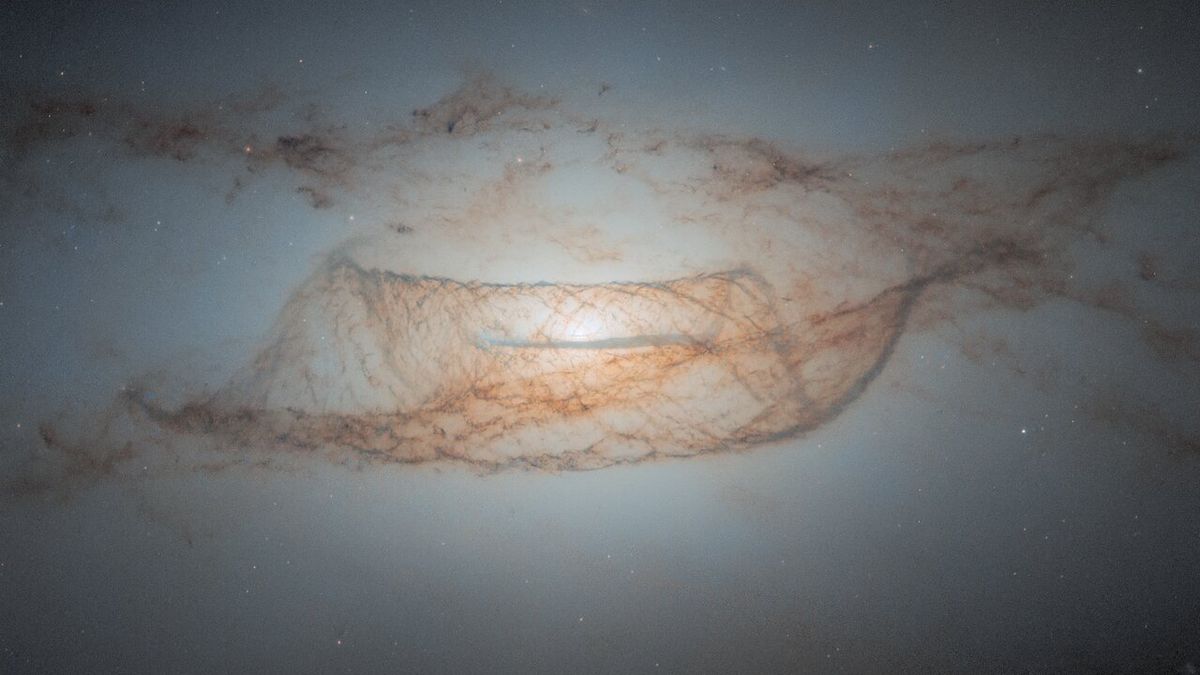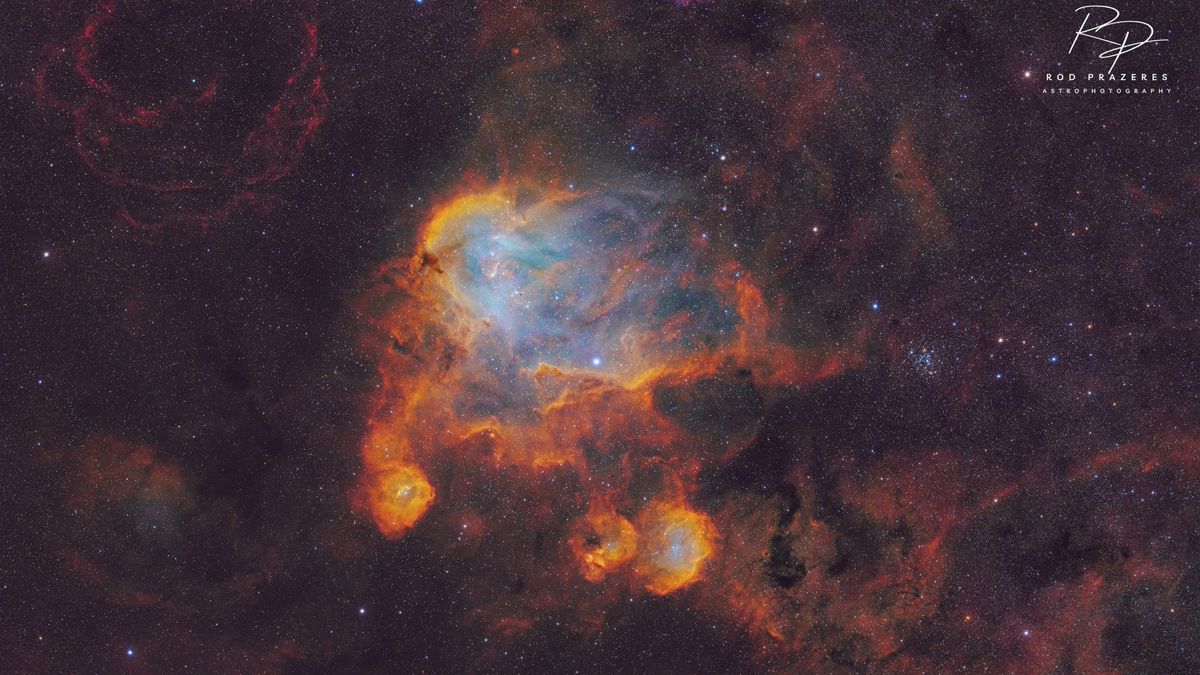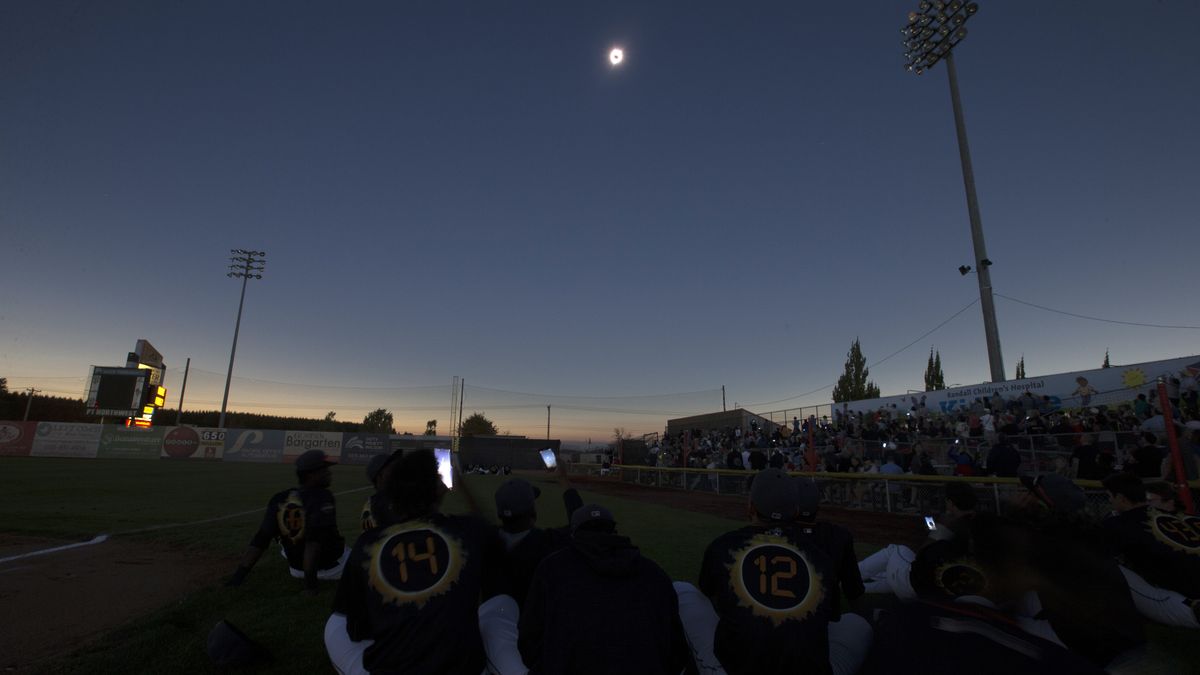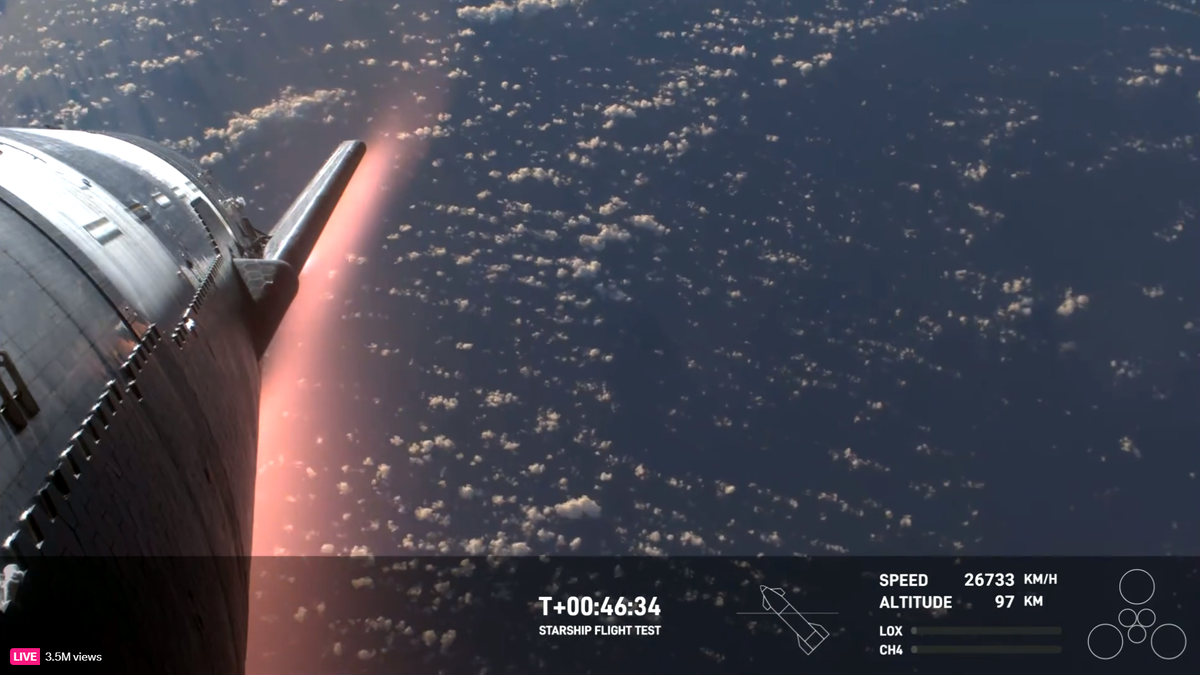The Intriguing Beauty of Galaxy NGC 4753
A recent stunning image captured by the Hubble Space Telescope highlights the intricate details of the lenticular galaxy NGC 4753. This photograph showcases a nearly edge-on perspective of the galaxy, revealing a luminous white core surrounded by complex dust structures. Lenticular galaxies, like NGC 4753, possess characteristics of both spiral and elliptical galaxies, displaying an elliptical shape with faint spiral arms.
Located approximately 60 million light-years away within the Virgo II Cloud, NGC 4753 is part of a cluster containing around 100 galaxies and galaxy clusters. The galaxy was initially discovered by the renowned astronomer William Herschel in 1784. Scientists believe that NGC 4753 resulted from a galactic merger between a larger galaxy and a nearby dwarf companion approximately 1.3 billion years ago.
The Impact of Galactic Mergers
During the merger event, the strong gravitational forces of the larger galaxy likely pulled in stars, gas, and dust from the smaller companion, leading to the distorted elliptical shape and prominent dust lanes observed in NGC 4753 today. Deep within the dusty features of the galaxy lies dark matter, representing the majority of its mass and forming a slightly flattened spherical halo.
Dark matter, an enigmatic form of matter that cannot be directly observed, is estimated to constitute about 85% of the universe’s total matter. Its elusive nature stems from its lack of interaction with the electromagnetic field, rendering it invisible to conventional observation methods. Despite its concealed presence, dark matter plays a crucial role in shaping the dynamics of galaxies like NGC 4753.
Astronomical Insights into Supernovae
Observations of NGC 4753 have also revealed evidence of a Type Ia supernova event within the galaxy. These massive stellar explosions occur in binary star systems where one component is a white dwarf star that has exhausted its nuclear fuel. Type Ia supernovae are of significant interest to astronomers due to their consistent peak brightness, approximately five billion times greater than that of the sun.
By studying such supernova events in galaxies like NGC 4753, scientists can accurately measure cosmic distances by comparing the actual brightness of the explosions with their apparent luminosity. This method provides a unique opportunity to refine our understanding of the vast scales and properties of the universe.
In conclusion, the detailed observations of NGC 4753 by the Hubble Space Telescope offer valuable insights into the formation, structure, and dynamics of lenticular galaxies, shedding light on the mysteries of dark matter and stellar phenomena within the cosmic tapestry.
Image/Photo credit: source url





